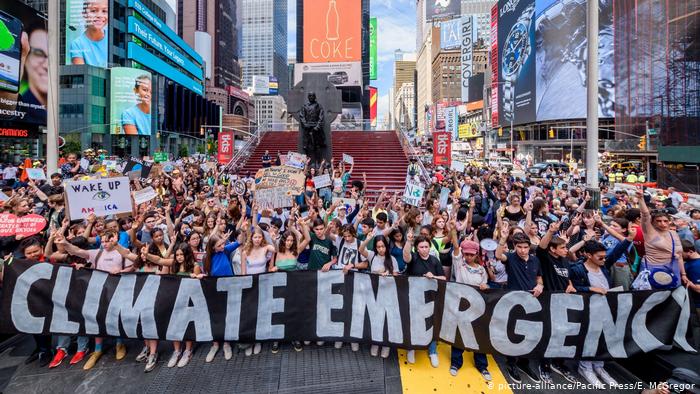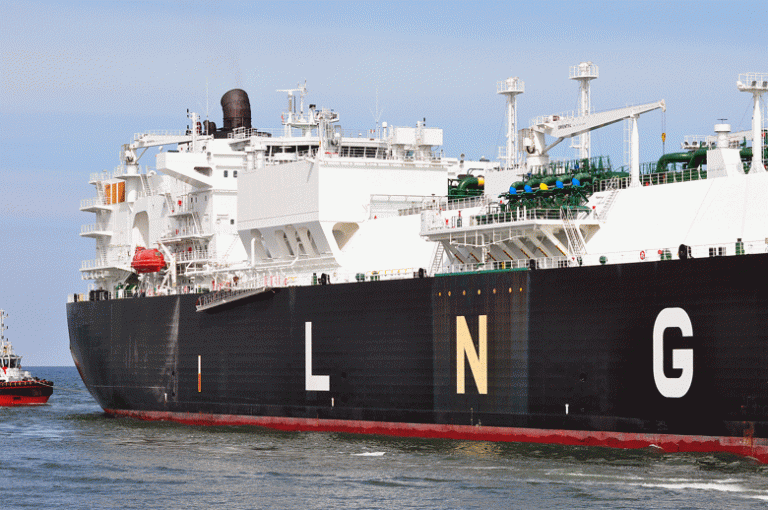PM attends signing of pact between QIA, Volkswagen

HE the Prime Minister and Interior Minister Sheikh Abdullah bin Nasser bin Khalifa al-Thani witnessed the signing between Qatar Investment Authority (QIA) and Volkswagen AG for the ‘Project Qatar Mobility’ initiative.
The agreement was signed by QIA CEO Mansoor al-Mahmoud and Volkswagen Group chairman Dr Herbert Diess. Joining the prime minister during the signing ceremony are HE the Deputy Prime Minister and Minister of Foreign Affairs Sheikh Mohamed bin Abdulrahman al-Thani and HE the Minister of Transport and Communication Jassim Seif Ahmed al-Sulaiti.
‘Project Qatar Mobility’ underlines the mutual commitment to both smart technologies and green transport. QIA and Volkswagen will work together to develop the required physical and digital infrastructure to seamlessly integrate a fleet of self-driving vehicles into Doha’s existing public transport network.
In a statement, the QIA said, “For the first time ever, a cutting-edge fleet of self-driving Level 4 electric shuttles will usher in a new era of urban mobility in a capital city in 2022.” During the largest sporting event in the world, Qatar will thus be the venue for the world’s first emission-free, electric and autonomous public transport system.
The goal is to develop a ground-breaking autonomous transport project and transform the future of urban mobility to a sustainable and commercial deployment of AD shuttles and bus services – even beyond 2022, QIA said.
Fostering cross-brand collaboration as blueprint for future AD (Autonomous Driving) solutions, Volkswagen Commercial Vehicles, Scania, MOIA and AID-Autonomous Intelligent Driving will play an important role in this project, it also said.
Autonomous, electric ID BUZZ AD from Volkswagen Commercial Vehicles will shuttle up to four passengers in West Bay area on semi-fixed routes, while high-tech Scania buses pick up larger groups.
Volkswagen Group’s units AID and MOIA will provide the SDS knowledge and the app software to run the service. For the first time, four Volkswagen Group brands are working together on a project of urban mobility.
The landmark project will create a holistic ecosystem for autonomous driving, including the creation of an appropriate legal framework, smart city infrastructure and transfer of knowledge, which can be used as a blueprint to transform urban mobility, both in Qatar and beyond.
Closed testing of the shuttle vehicles and buses is expected to begin in 2020 and trials will start as early as 2021. The project will go live during 2022, providing a technical showcase of future autonomous driving.
Diess said, “Project Qatar Mobility will play a very important role in our ‘Strategy Together 2025+’, addressing the economic growth, social development, and environmental management challenges identified as part of our vision, and underlines our commitment to investing in next generation mobility. We will be experiencing real-world learnings and use the project as a stepping stone for generations to come.”
Within the Volkswagen Group, Volkswagen Commercial Vehicles (VWCV) is responsible for Autonomous Driving, Mobility as a Service (MaaS) and Transport as a Service (TaaS), due to the fact that first use cases are planned in the commercial sector. In future, VWCV will therefore be developing and producing corresponding Special Purpose Vehicles (SPV), such as robo-taxis and robo-vans.
Al-Mahmoud said, “For our cities to progress, we need a new wave of innovation. AI-enabled, emission-free transportation technologies will help advance urban mobility, while diminishing congestion and improving energy efficiency.
“We are proud that QIA has been able to partner with Volkswagen to ensure that Qatar is at the forefront of these new technologies. The development of a smart transport solution will help transform the future of urban mobility, both at home and around the world.”
QIA is a long-term investor in the Volkswagen Group and has two highly-regarded representatives on its Supervisory Board of Directors. QIA continues to support the continued growth of the VW group, including its ongoing expansion and the leadership position it has taken in mass vehicle electrification.











